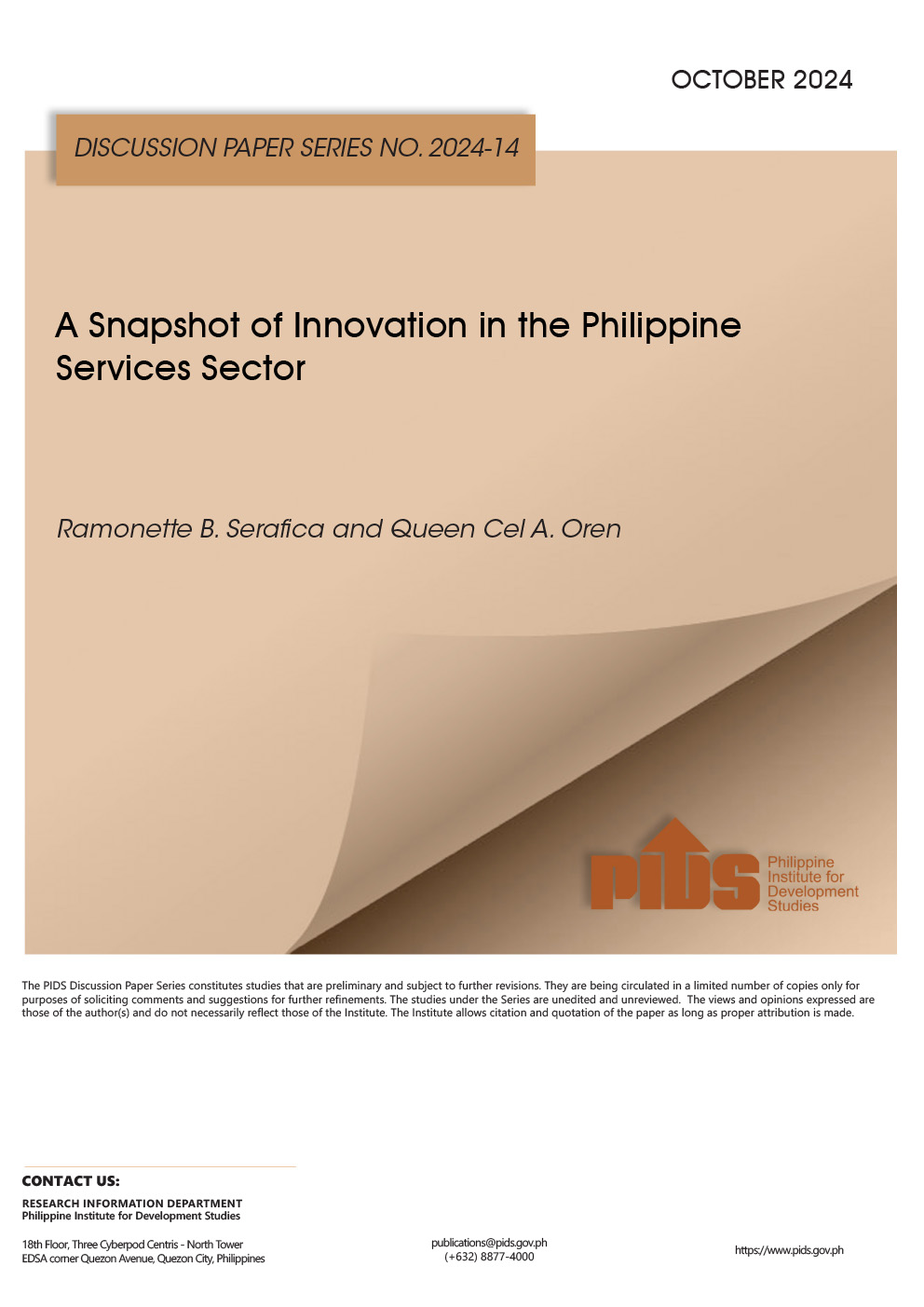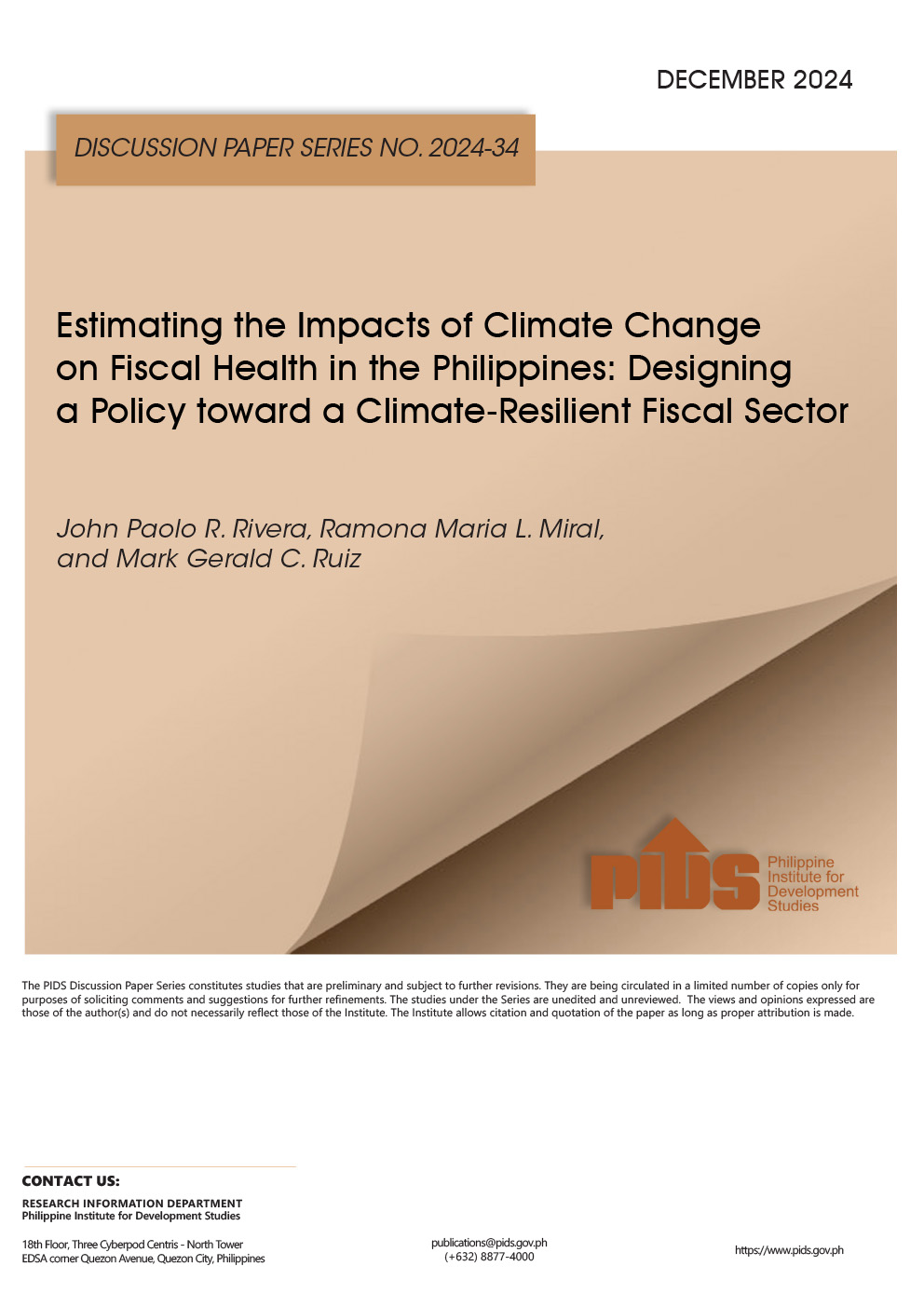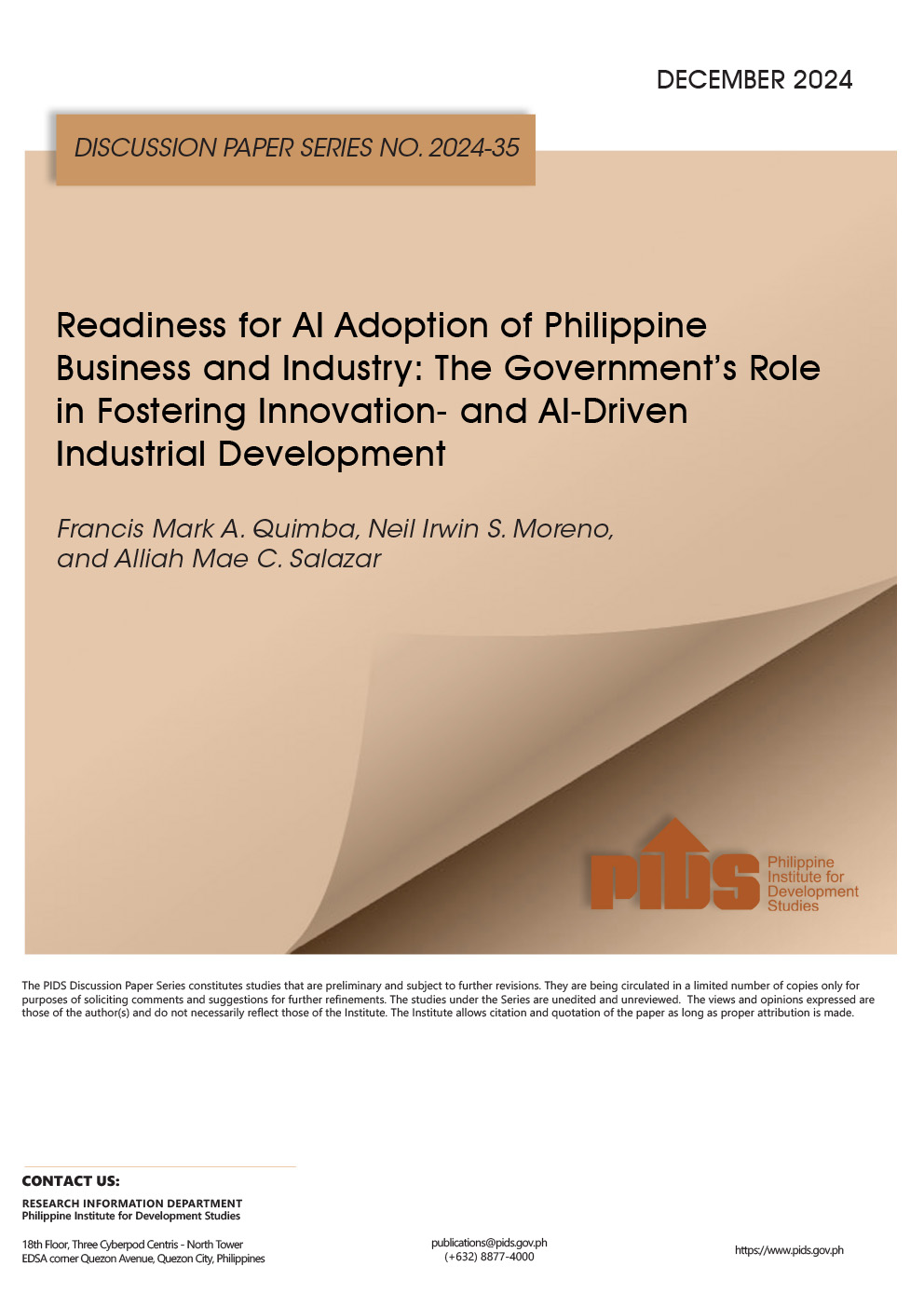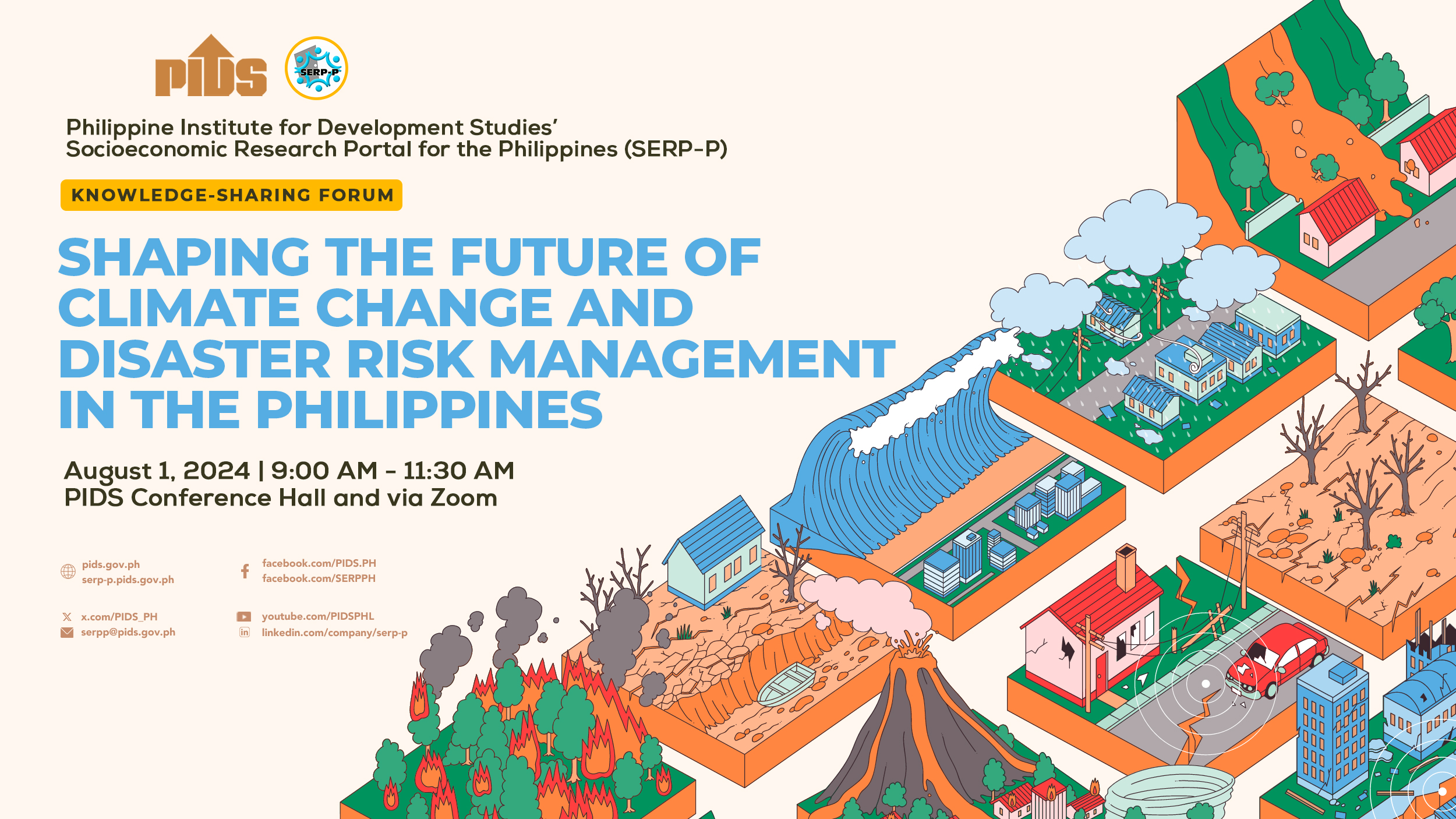ELECTRIC vehicles (EVs) have existed as an idea for close to 200 years - the first crude electric carriage appeared in the US in 1832 - and have been a reasonably practical concept since the beginning of the 20th century. It has only been within the past five years or so, however, that EVs have begun to be considered as a legitimate, if not yet necessarily superior, alternative to conventional gas- or diesel-powered vehicles to the extent that an end to the dominance of the internal combustion engine can be foreseen.
In the bigger economies in Europe, and in India and Singapore here in Asia, policymakers have even been able to put a date on that. The Netherlands and Norway intend to end the sale of vehicles with internal combustion engines by 2025; Germany and India, by 2030; and France, the UK and Singapore will phase them out by 2040. China is reportedly considering a similar ban although no timeline has been suggested yet; many other countries have set goals for EVs as a proportion of total vehicle sales by 2030, with the average target being about 30 percent.
The Philippines has similar aspirations, driven by a small but energetic EV sector and encouraging government policies that have developed since the replacement of the administration of former president Benigno "I hate the Earth" Aquino 3rd with the current Duterte administration. In September last year, the government announced the ambitious goal of EVs comprising 21 percent of the total number of vehicles in the Philippines by 2030 and 50 percent by 2040. In terms of supporting this goal, the government has formulated or at least proposed a number of measures to offer tax and other incentives to encourage the manufacture and sale of EVs and investment in related infrastructure such as charging stations.
However, in terms of actual action taken so far, efforts have been rather modest. Republic Act 10963, the "Tax Reform for Acceleration and Inclusion (Train) Law," enacted in 2018, exempts EVs from the excise tax on automobiles and gives hybrid vehicles a 50-percent discount on excise tax. The Public Utility Vehicle Modernization Program also contributes to a degree by offering participants a choice between an EV or a newer, Euro 4-specification vehicle to replace an old jeepney. There is also an old (2006 vintage) executive order still in force, EO 488, which sets a zero tariff on components, parts and accessories for the assembly of hybrid, electric, flexible fuel, and CNG or compressed natural gas motor vehicles.
Apart from those, every other policy initiative pertaining to EVs is still a work in progress. The most worrisome of these is Senate Bill 1382, or the "Electric Vehicles and Charging Stations Act of 2018," which, as the date indicates, has been languishing in The Place Where Good Ideas Go to Die for a couple of years. The prospects of this measure, or some form of it, seeing the light of day in the current Congress at this point are practically nil, so the soonest we could expect to see any progress would be the middle of next year. The delay has the effect of putting the brakes on a great deal of other policy and planning work as well, because of the possibility that the pending legislation, if eventually passed, would force some adjustments later on.
One thing that would prod the government to swift action would be pressure from the automotive industry through groups such as the Chamber of Automotive Manufacturers of the Philippines Inc. and the Truck Manufacturers Association, along with the Electric Vehicle Manufacturers of the Philippines (EVAP), which is already working very hard on it. Every major automaker in the world, and even most of the lesser ones, are quickly shifting development and production toward EVs in response to rapidly growing demand in major markets. That means local dealers are gradually seeing the products they can offer the Philippine market evolve as well, and if the market does not shift in response - particularly if that lack of movement is due to policy shortcomings rather than demand, which is already growing - they will have to act to protect their interests.
According to a paper published by the Philippine Institute for Development Studies last month, the Philippines is currently in a good position to boost its profile and expand the domestic auto industry if it aggressively embraces EVs. The country already is a manufacturing source for automotive wiring and other components that provide a base for the manufacture or assembly of EVs; it has a fairly experienced and well-organized industry group in the form of EVAP, and extending the advantages a bit further, is already a source of nickel, copper and potentially other valuable raw materials for the EV industry.
The window of opportunity for the Philippines to be anything other than an export market for EVs built in China or elsewhere in Southeast Asia is closing quickly, however. At the sleepwalking pace the government is pursuing the development of a strategy to take advantage of it, it will be firmly shut and locked by the time the country is "ready" for an EV industry worthy of the description.
Related Posts
Publications
Press Releases
Video Highlights
Infographics
[No related items]









